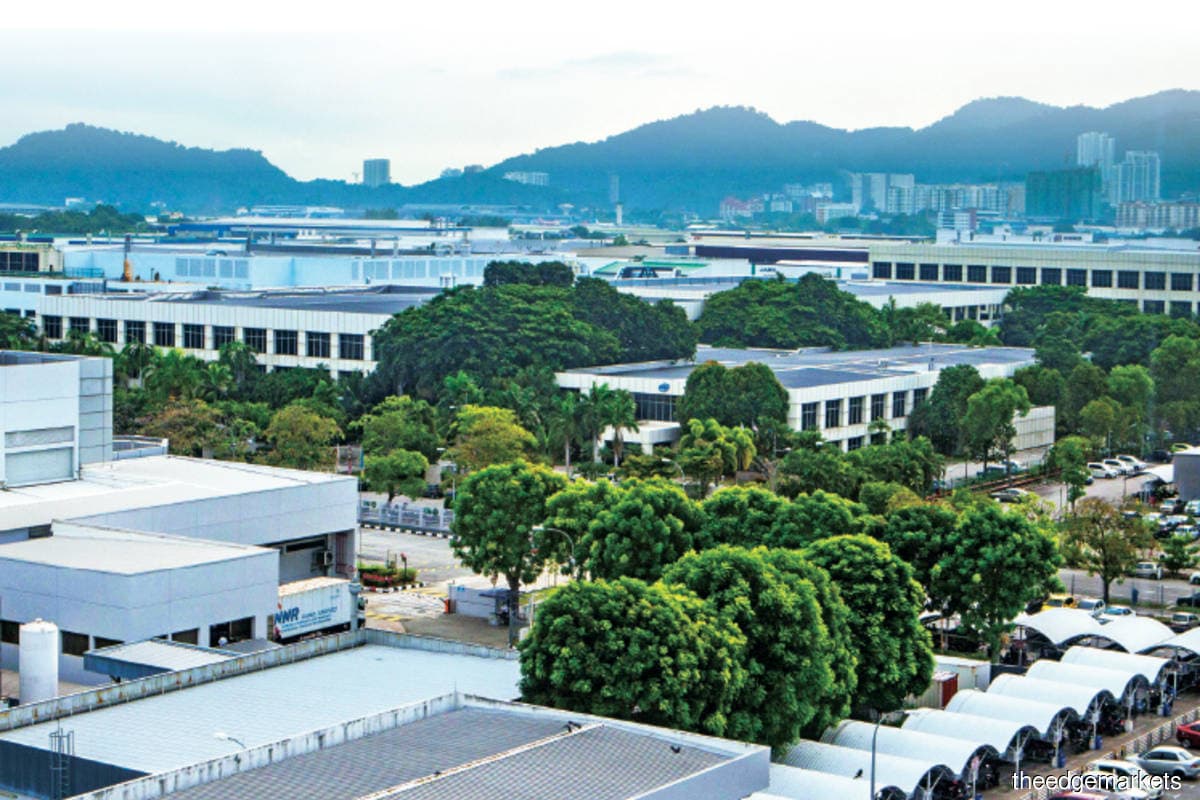
KUALA LUMPUR (Dec 1): The Malaysian manufacturing sector moderated further midway through the final quarter of 2022 with waning demand a central feature within the latest survey data.
In a report on Thursday (Dec 1), S&P Global Market Intelligence said order books were scaled back at the strongest rate in 15 months while production levels also lost further growth momentum.
To mirror demand trends, firms lowered input buying and moderated inventory levels, but employment stabilised.
Rates of both input cost and selling price inflation, though ticking up slightly from October, were much softer than seen earlier in the year.
Firms remained optimistic about the future, but the degree of confidence did weaken from October to a five-month low.
The seasonally adjusted S&P Global Malaysia Manufacturing Purchasing Managers’ Index posted at 47.9 in November, down from 48.7 in October.
The latest reading pointed to a more marked slowdown in business conditions which was the strongest since August 2021.
The latest PMI reading is representative of approximately 5% year-on-year growth in Malaysian GDP, thereby signalling a slowdown in growth from the situation in the third quarter of 2022.
In line with the headline figure, there were further signs of waning demand in November with order book volumes losing further momentum.
The moderation was the sharpest in 15 months and was driven by muted underlying demand conditions.
Malaysian manufacturing firms registered similar trends for international sales volumes.
New export orders were scaled back for the fifth time in as many months and at a solid rate.
Meanwhile, output moderated for a fourth month running midway through the final quarter.
S&P Global said survey respondents reported that drops in production levels were reflective of the aforementioned demand conditions.
Muted demand conditions reportedly led firms to scale back input buying in November and at the fastest pace since September 2021.
As such, for the fourth consecutive month, pre-production inventory levels moderated.
The slowdown in sales also allowed firms to focus on working through outstanding business in November, thereby stretching the current sequence of backlog depletion to six months.
Malaysian manufacturing companies, however, remained hopeful that demand conditions would normalise over the coming year, as signalled by a seventeenth consecutive month of optimism regarding the year-ahead outlook for production.
That said, the degree of confidence was the weakest in five months amid some concerns over the longer-term effect of the current economic climate.
November data was indicative of no change in workforce numbers at Malaysian manufacturing companies.
Firms who registered a drop in staffing levels reported resignations, but others raised employment in order to support production.
Suppliers’ delivery times lengthened in November but at a rate which was only slight and the softest in three years.
Anecdotal evidence suggested that input shortages remained the primary driver in deteriorating vendor performance.
S&P Global Market Intelligence economist Laura Denman said the Malaysian manufacturing sector displayed further signs of waning in November.
She said there was a solid slowdown in production levels was and the fastest scaling back in order book volumes since August 2021.
“The aforementioned fragility in demand became a running theme throughout the survey data and was reportedly the primary factor driving moderations in input buying, stocks and business confidence which, though still positive, slipped to a five-month low.
"There were, however, some more encouraging aspects in the November data. Further signs of easing supply pressures were displayed in November, as indicated by the latest lengthening of suppliers’ delivery times being the softest in three years and only marginal overall.
“Meanwhile, both input cost and selling price inflation ticked up very slightly from October but remained well-below the rates seen earlier in the year,” she said.
